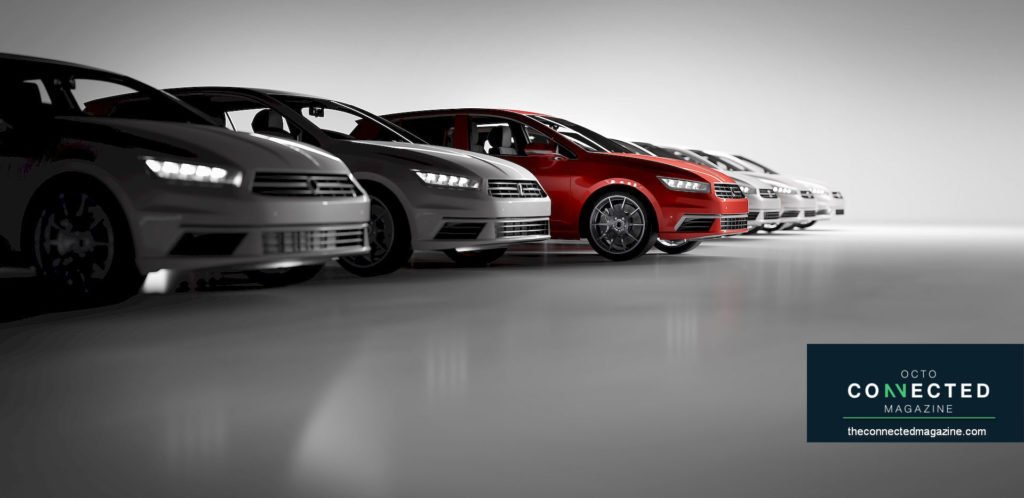
The current pandemic is leaving heavy marks. Everyone, in their profession, will find a new way to relate and start again, with the “rebound” that will surely accompany us once obtained the immunity.
In some sectors we will face different scenarios that, regardless of what happened, were already clear and not restrained. The automotive market is one of these sectors, struggling with areas that are still very fluid and constantly evolving. Just to cite a few concrete examples, beyond the common evolution of the ranges that all OEMs offer to customers annually, we will be dealing with:
- A sales negotiation activity more and more digital, with an increasingly mature and informed customer.
- A steady decrease in the ownership idea compared to rental / car sharing formulas, especially among the youngest.
- A strong uncertainty about the engine types.
- A consequent unsuitableness of the offer between those ones who “offer” the product and the other ones who must acquire it, whatever the form of acquisition.
It is worthwhile to dwell on these last two points, in particular.
The decline, now inevitable of the diesel engine (not so much, as some say, due to the effect of emissions, but due to the pure economic cost of production), is putting in crisis especially managers of corporate fleets who today see diesel fuel disappear (or stay in production on far fewer models). The alternatives? Petrol, LPG, Methane, Hydrogen, MEHV, HEV, PHEV, EV (the latter acronyms, identifications of increasing electrification levels, from Mild Hybrid to Full Electric).
But how to replace the good old and expensive diesel over time? How to integrate the company car fleet with new engine technologies? And above all, how to combine the needs of the User with the Company’s need to respect increasingly narrow budgets?
Let’s wait some time and who knows if after “kicking the anthill” (transalpine motto that well describes the pandemic earthquake) everything will be rearranged, and the Fleet Managers will see the panorama clearer in terms of:
- Annual journeys
- Average emissions
- Expected electrification level
- Consequent infrastructure of the company
And perhaps it will take some time to get back in hand a better valorisation of the Residual Value (of the various models / engines) on which too many Operators are, rightly, still cautious and which often lead to that extra cost compared to the budget we talked about before.
Perhaps the “pandemic” in this case will help everyone, forcing a generalized reset of many mental weights existing in the pre-Covid era.
Authors:
Fabio Cianca
Patrizia Blasi